Don't wanna be here? Send us removal request.
Text
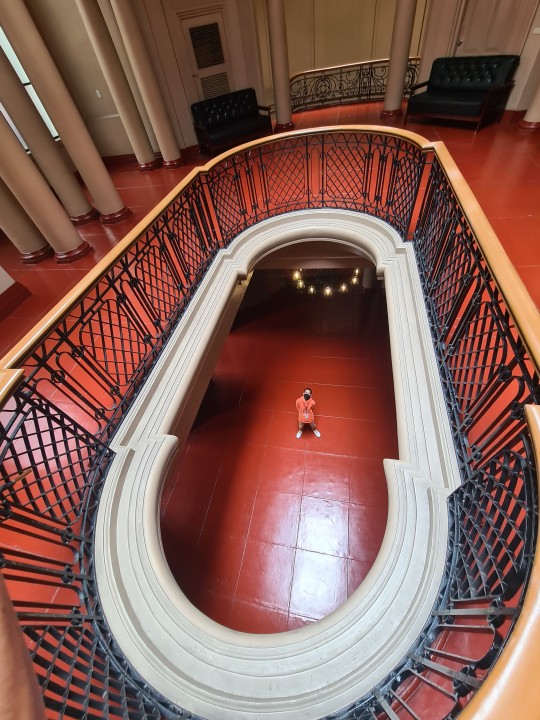
The Shrinking Boy
Kurth was an ordinary boy who lived in a small town in the middle of nowhere. One day, he woke up feeling strange, as if something was not quite right. He looked in the mirror and realized that he was several inches shorter than he had been the day before.
At first, Kurth thought it was just his imagination. But as the days passed, he continued to shrink. He tried to hide his condition from his family and friends, but it was not long before they noticed that something was wrong.
Kurth's parents took him to see doctors and specialists, but no one could figure out what was causing his sudden shrinking. They tried all sorts of treatments and therapies, but nothing seemed to work.
As Kurth continued to shrink, he found himself becoming more and more isolated. His friends were scared to be around him, and he was bullied by other kids at school who made fun of his small size.
But despite his struggles, Kurth refused to give up. He was determined to find a way to stop his shrinking and to live a normal life. He spent countless hours researching his condition, poring over books and articles, and talking to experts in the field.
And then, one day, Kurth stumbled upon a breakthrough. He discovered that his shrinking was caused by a rare genetic disorder that affected his growth hormone levels. With this new knowledge, he was able to develop a treatment that could reverse the effects of his condition.
Kurth's treatment was a success, and he began to grow again. He was overjoyed to be back to his normal size and to be able to live a normal life once more. But he never forgot the struggles he had faced, and he vowed to use his experience to help others who were going through similar challenges.
Today, Kurth is a renowned scientist and researcher, dedicated to finding new treatments and cures for rare genetic disorders. He is a beacon of hope for those who face seemingly insurmountable obstacles, and his story serves as an inspiration to us all.
0 notes
Text
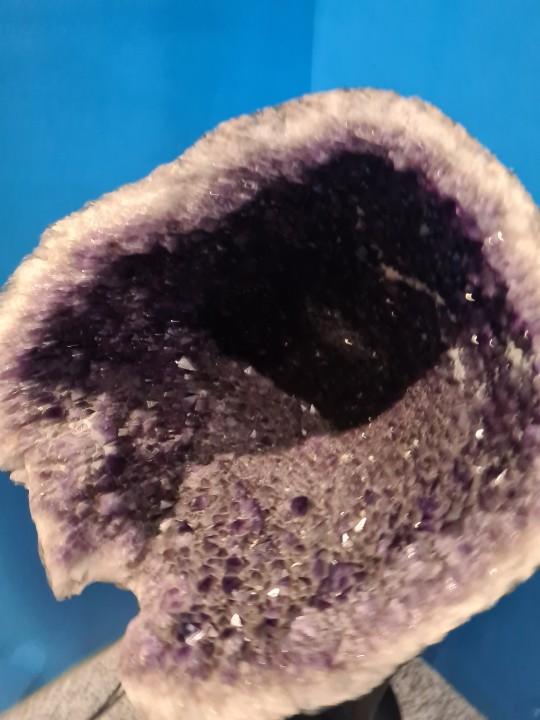
The Comet
A strange object fell from the sky in 2027 and struck a remote part of the Sahara desert. An expedition to the crash site was quickly organized by a group of scientists eager to investigate the phenomenon.
They discovered something beyond their wildest dreams. The object was a massive comet made of amethyst that had never been seen before. Its beauty and size, which was nearly a mile in diameter, astonished the scientists.
They discovered that the comet had a peculiar effect on the area around it as they investigated it. Animals appeared to be healthier and more vibrant, and plants and animals grew stronger. The comet seemed to be exchanging positive energy with everything in its path.
The scientists made the decision to return the amethyst comet to their laboratory for additional research. They needed to find out about its properties and the impacts it had on the climate.
The scientists put in a lot of effort over the following few months to unravel the mysteries of the amethyst comet. They discovered that it contained a singular type of energy that could be harnessed to power a wide range of machines and devices.
Governments and businesses from all over the world began competing for control of the amethyst comet as word of the discovery spread. They saw it as an opportunity to acquire unimaginable power and wealth.
However, the researchers realize that the amethyst comet was too essential to be in any way taken advantage of for individual addition. They chose to stay quiet about its presence, to shield it from the people who might look to involve it for their own motivations.
As a result, the amethyst comet, a symbol of wonder and hope in a world that desperately needed both, remained hidden. The world around it became a brighter and more beautiful place for everyone who lived there as its energy continued to spread out.
0 notes
Text
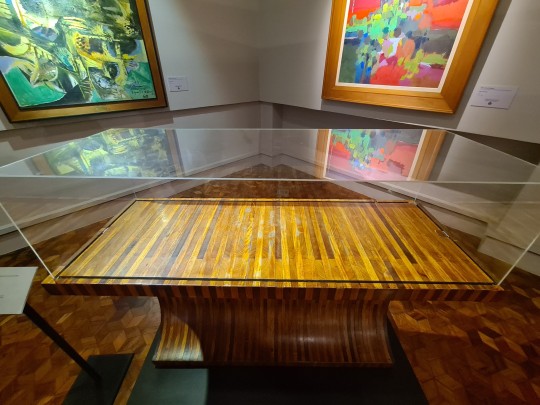
"ITEM"
A grand museum with artifacts and objects of great historical significance stood in the center of a bustling city. Among the exhibits was a mysterious ancient artifact that was said to have enormous power. It was an invisible object.
Dr. Yeager, the museum's curator, had always been fascinated by the intangible object. She had studied it for years and attempted to comprehend its properties. However, despite her best efforts, she had failed to decipher its mysteries.
The museum was broken into one day by a group of thieves with the intention of stealing the invisible object. They were aware of its high value and the high price it would command on the underground market. They had come arranged with a wide range of devices and instruments to assist them with beating the historical center's security frameworks.
However, they were unaware that Dr. Yeager had prepared for their arrival. To prevent the thieves from completing their task, she had erected a number of obstacles and traps. They were caught in a web of hidden alarms and laser beams as they moved deeper into the museum.
The thieves tried everything they could to find the elusive object. They looked everywhere, but they couldn't find it. Knowing that her strategy had been successful, Dr. Yeager smiled to herself.
The thieves had no idea that the elusive object had been right in front of them at all times. Dr. Yeager had put it in a showcase case solidly in the focal point of the historical center's primary corridor, camouflaged as a plain stone. It was undetectable to the unaided eye, yet on the off chance that one knew how to search for it, they could see its weak layout.
Dr. Yeager let out a sigh of relief as the defeated and empty-handed thieves left the museum. She was aware that the mysterious object was safe and would continue to captivate and inspire museum visitors for future generations.
0 notes
Text
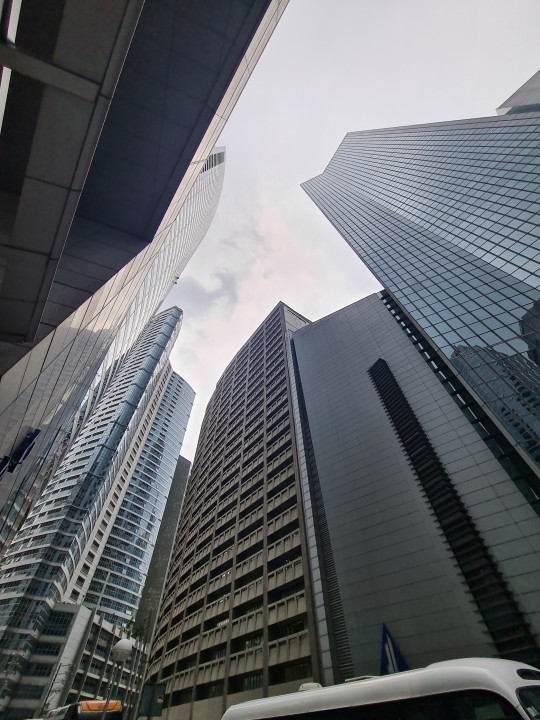
Manila's Central Business District
In the year 2050, the world's population had grown so much that cities had become the only place to live. Skyscrapers reached into the clouds, and traffic clogged the streets day and night. But despite the chaos and crowds, people found ways to adapt and thrive.
One group of people, known as the Urbanites, had taken living in the city to a whole new level. They had created a network of underground tunnels and caverns beneath the streets, where they had built their own subterranean city.
The Urbanites had everything they needed down there: homes, shops, restaurants, even a theater and a library. They had developed a sophisticated system for generating electricity and purifying water, and had even managed to create their own mini ecosystem, with plants and animals that thrived in the subterranean environment.
For the Urbanites, life in the city was both exhilarating and terrifying. They were constantly on the lookout for city authorities, who saw their underground city as a threat to public safety. They had to be careful not to make too much noise or draw attention to themselves, or risk being discovered and shut down.
Despite the risks, the Urbanites were determined to keep their underground city alive. They had a fierce sense of community, and they looked out for one another in ways that people on the surface never could. They shared their resources and their knowledge, and they were always finding new ways to improve their subterranean world.
One day, a group of surface dwellers stumbled upon the entrance to the Urbanites' underground city. At first, the Urbanites were wary of these outsiders, but they soon realized that they shared a common goal: to create a better world, even in the midst of the chaos and destruction.
Together, the Urbanites and the surface dwellers worked to create a new vision for the city, one that prioritized sustainability, community, and creativity. They built gardens on the rooftops of skyscrapers, and created public spaces where people could gather and share ideas. They developed new technologies for harnessing renewable energy, and found ways to clean up the polluted air and water.
In the end, the Urbanites' subterranean city became a model for a new kind of urban living, one that combined the ingenuity and resilience of the underground with the creativity and diversity of the surface. The city became a beacon of hope in a world that had once seemed irredeemable, a testament to the power of human innovation and cooperation.
0 notes
Text
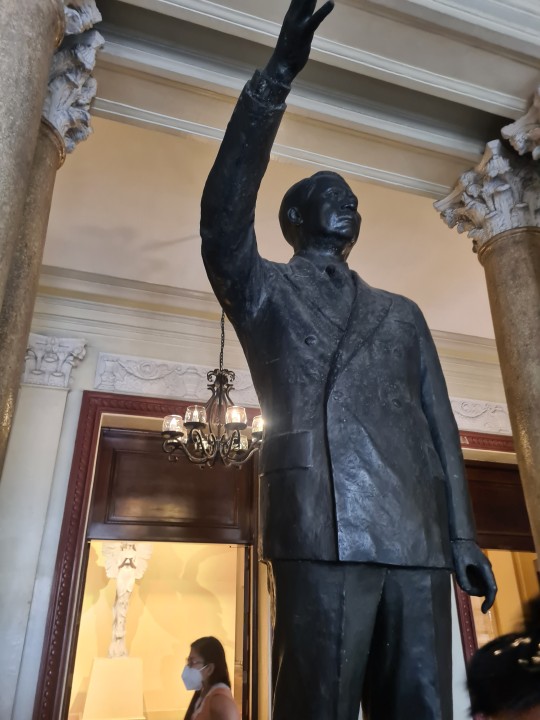
ROXAS
When looking at the statue I felt overwhelmed as it stood huge in the entrance of the museum. It stood was approximately 10ft tall and was the first thing that caught my attention. At first, I was confused and wondered who that statue was but after looking carefully and asking my friends, they told me that he was Manuel Roxas.
Manuel Roxas was a young lawyer from Capiz province in the Philippines. He had always been interested in politics, and after graduating from law school, he decided to run for a local government position. He quickly gained a reputation as an honest and hardworking public servant, and his popularity grew.
One day, while on a campaign tour in a remote village, Roxas stumbled upon a group of farmers who were being evicted from their land by a powerful landowner. The farmers had been living and working on the land for generations, but the landowner had suddenly decided to sell the land to a mining company.
Roxas was outraged by the injustice of the situation, and he decided to take up the farmers' cause. He spent the next few months rallying support from other politicians, lawyers, and activists, and eventually managed to convince the government to intervene on behalf of the farmers.
Thanks to Roxas's efforts, the government declared the land to be part of a protected area, and the mining company was forced to abandon its plans. The farmers were allowed to stay on their land, and Roxas became a hero in their eyes.
Word of Roxas's activism quickly spread, and he soon gained a reputation as a champion of the people. He went on to win a seat in Congress, and eventually became the youngest Speaker of the House in Philippine history.
But Roxas's success also made him enemies. He received numerous death threats, and there were several attempts on his life. Despite the danger, Roxas refused to back down, and he continued to fight for the rights of the marginalized and the oppressed.
In 1946, Roxas was elected as the first president of the independent Republic of the Philippines. His presidency was marked by a commitment to social justice and economic development, and he implemented a number of progressive policies that helped improve the lives of millions of Filipinos.
Tragically, Roxas's presidency was cut short when he died of a heart attack in 1948. But his legacy lived on, and he remains an inspiration to generations of Filipinos who aspire to build a more just and equitable society.
1 note
·
View note